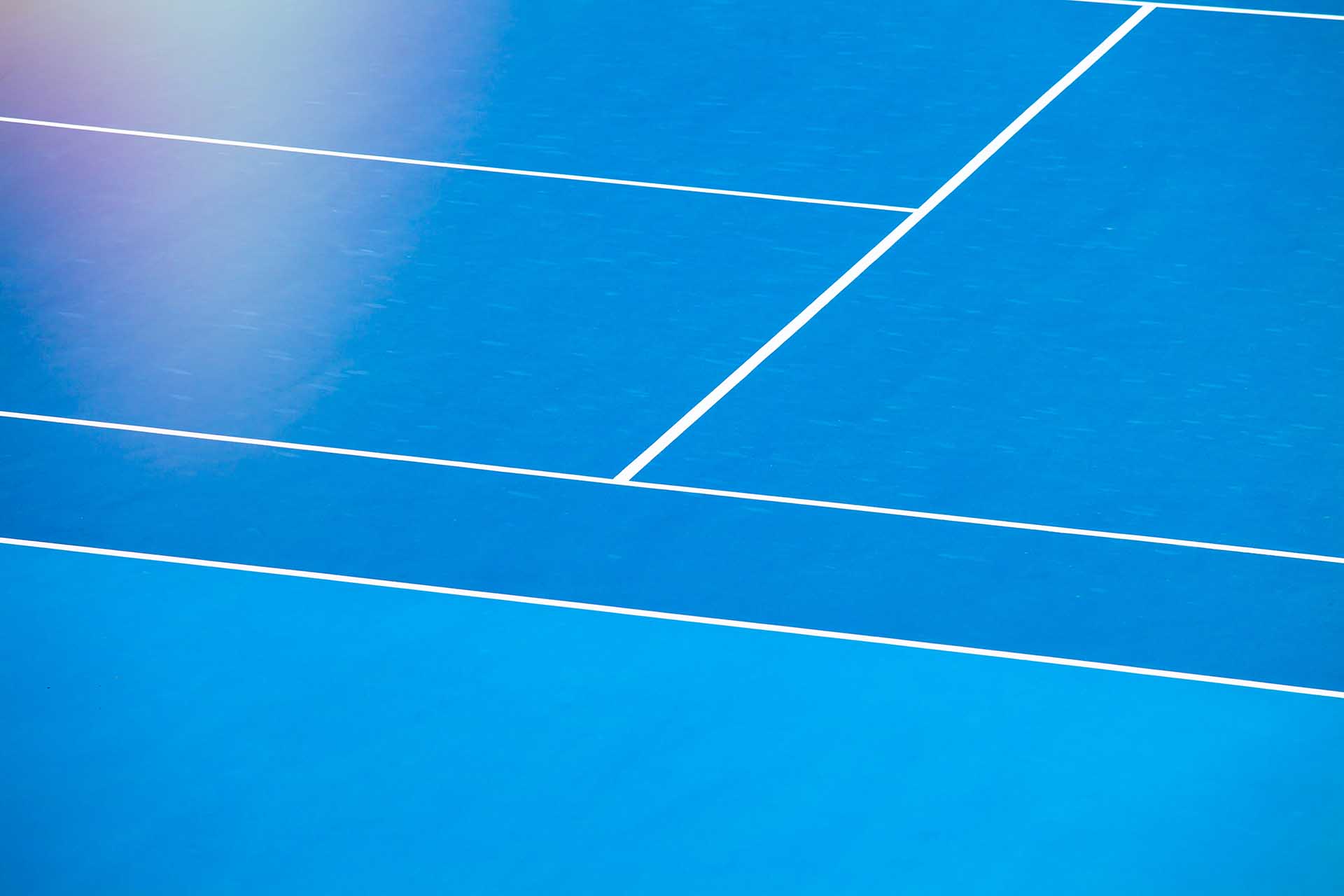Sports teams have structural needs. While planning their budget, they include larger projects like making a sports hall. The benefit of making halls include privacy, reducing health risks, and the convenience brought to changing rooms.
Today, the trend while making these halls is using temporary materials. This has been a success for those who have tried it, especially when highly qualified professionals are involved. If your team is planning to make one, this is how to go about it.
Planning for the Hall
Everything good comes as a result of good planning. Thus, making a hall that is suits the needs of the team requires proper planning as well. Likewise, a lot of consultations with experts should also be involved. The main idea is to come up with a cost that is within the set budget.
Setting aside enough money is crucial. Although temporary structures are relatively cheaper compared to permanent ones, they also have a cost implication. If possible, compare quotes from a few temporary structure companies to get a fair price.
Preparation of the Site
One thing to know is that sports halls are usually large to accommodate a playing pitch, a sitting space for the audience, and perhaps some changing room and storage. However, this will be highly dictated by the space available. Experts in sports halls will again assist in coming up with an excellent plan that will suit the team’s needs without compromising anything.
Building the Sports Hall
Now, this is where the experts in making temporary structures come in. They use a variety of materials to achieve the desired results. Here is a look at the most popular materials used.
- Frames – Structural steel or aluminum are most commonly used. They need to be strong so that the hall will be robust. Experts use their architectural and engineering prowess to make them. They are fabricated in a workshop and then assembled at the site.
- Walls – Because they are usually tents, canvas or fabric are common in this case. However, other materials like wood boards are also used. Other features that are commonly used include windows, ventilation spaces, and even air conditioners.
Benefits of Using Temporary Materials for Sports Halls
One of the biggest benefits to enjoy from this building option is the cost-saving aspect. This is what most sports clubs are looking for, especially when they rely on donors for funds. Time-saving is also another benefit. As we all know, temporary structures take a short time to build, especially those that use modular panels and frames.
Flexibility is another major benefit. Some of the halls can be partitioned by moving the panels and frames because they have joints and hinges to do so. No expert is even needed for this job. Thus, one hall can be used for a variety of indoor games.
Conclusion
One thing to know is that temporary halls are usually very convenient when compared to their permanent counterparts, but they need to be designed well to function properly. Luckily, reputable professionals rarely disappoint in this.

















